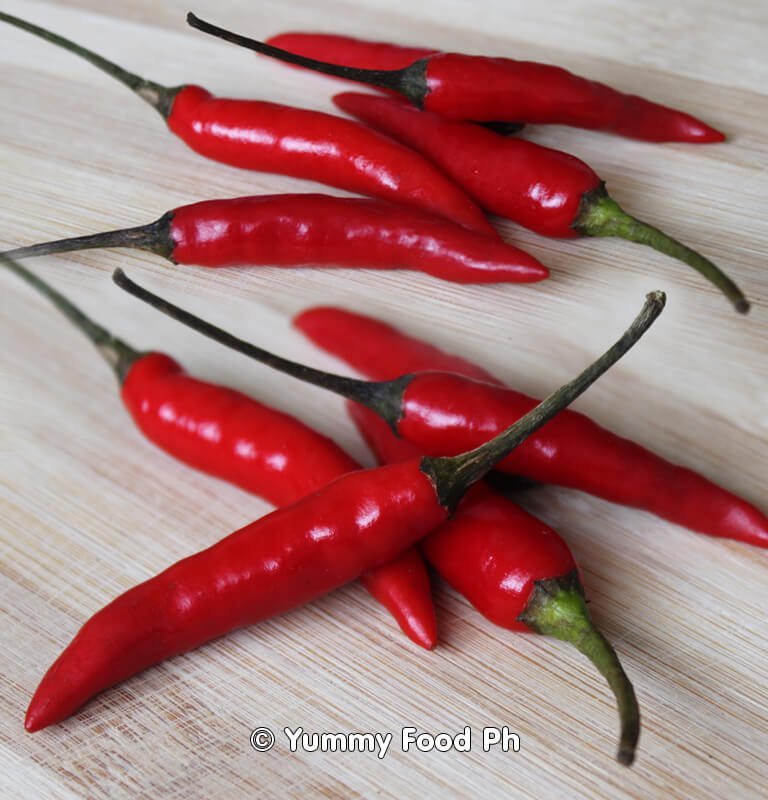Red Chili Pepper plant
Red Chili Pepper Plant: Nature’s Fiery Gift to Global Cuisines
Introduction
Red chili peppers (Capsicum annuum and related species) represent one of the most diverse and widely used plant families in global gastronomy. These vibrant pods transform from green to fiery red upon ripening, developing deeper flavors and varying heat levels that have captivated cooks and healers for millennia. From ancient Mesoamerican civilizations to modern fusion kitchens, red chilies continue to ignite culinary creativity while offering remarkable health benefits.
Botanical Diversity
The red chili pepper plant showcases astonishing variety:
- Plant Structure: Bushy annuals (1-4 ft tall) with glossy green leaves and small white flowers
- Pod Morphology:
- Size variations: From thumbnail-sized bird’s eye chilies to 12-inch-long cayenne peppers
- Shape spectrum: Needle-thin Thai prik kee noo to blocky ancho peppers
- Surface textures: Glossy jalapeños vs deeply wrinkled habaneros
- Color Transformation: Begins green → transitions through yellow/orange → matures to vibrant red (some varieties turn purple/black first)
Flavor & Heat Spectrum
The ripening process concentrates both flavor compounds and capsaicin:
- Flavor Profiles:
- Earthy: Ancho, Kashmiri
- Fruity: Rocoto, Cherry peppers
- Smoky: Chipotle (smoke-dried jalapeño)
- Sweet: Pimiento, Romano
- Scoville Heat Range:
- Mild (0-5,000 SHU): Pimento, Anaheim
- Medium (5,000-50,000 SHU): Cayenne, Jalapeño
- Hot (50,000-300,000 SHU): Thai Bird’s Eye, Tabasco
- Extreme (300,000+ SHU): Habanero, Ghost Pepper
Culinary Applications
Preparation Techniques:
- Heat Management:
- Remove seeds/ribs (where 80% capsaicin resides)
- Soak in dairy to neutralize heat
- Roast to mellow pungency
- Global Cooking Methods:
- Latin America: Mole sauces, salsas rojas, ceviche
- Asia: Sichuan hot pots, Thai nam prik, Korean gochujang
- Mediterranean: Harissa, Spanish romesco
- India: Vindaloo, phaal curries
- Specialty Uses:
- Stuffed peppers: Rellenos (Mexico), Dolma (Turkey)
- Fermented: Korean kimchi, Lao jeow
- Infused oils: Italian peperoncino, Chinese chili crisp
Therapeutic Properties
Beyond culinary fire, capsaicin offers documented health benefits:
- Pain Relief: Topical creams for arthritis/neuropathy (8% capsaicin patches FDA-approved)
- Metabolic Boost: Increases thermogenesis by ~50 calories/day
- Cardiovascular: Lowers LDL cholesterol in clinical trials
- Antimicrobial: Effective against H. pylori and foodborne pathogens
Agricultural Significance
- Climate Adaptability: Thrives from tropical lowlands to temperate greenhouses
- Pollination: Self-fertile but benefits from bee activity
- Yield Potential: 5-15 lbs per plant under optimal conditions
Preservation Methods
Extend chili’s shelf life through:
- Drying: Ristras (New Mexico), crushed flakes
- Pickling: Vietnamese ớt ngâm
- Freezing: Whole or puréed
- Powdering: Custom blends like Kashmiri lal mirch
Nutritional Value
Vitamins A, C, B, and E, potassium, and calcium are all found in red chili peppers in good amounts. Capsaicin, a molecule that causes the brain to perceive heat or spice and has been demonstrated to aid in stimulating the circulatory system and possess anti-inflammatory qualities, is also present in some species of red chili peppers.
These ingredients are frequently used in our culinary preparations.
Conclusion
From the ancient Aztecs who first domesticated chilies to contemporary chefs pushing flavor boundaries, red chili peppers remain indispensable. Their dual role as flavor catalyst and natural remedy ensures continued global demand. As plant breeders develop new varieties balancing heat with complex flavor notes, the red chili’s reign as the world’s most passionately debated ingredient shows no signs of cooling. Whether used sparingly for depth or liberally for fire, these crimson pods continue to shape culinary identities across continents.
Visit us on YouTube: Yummy Food PH

